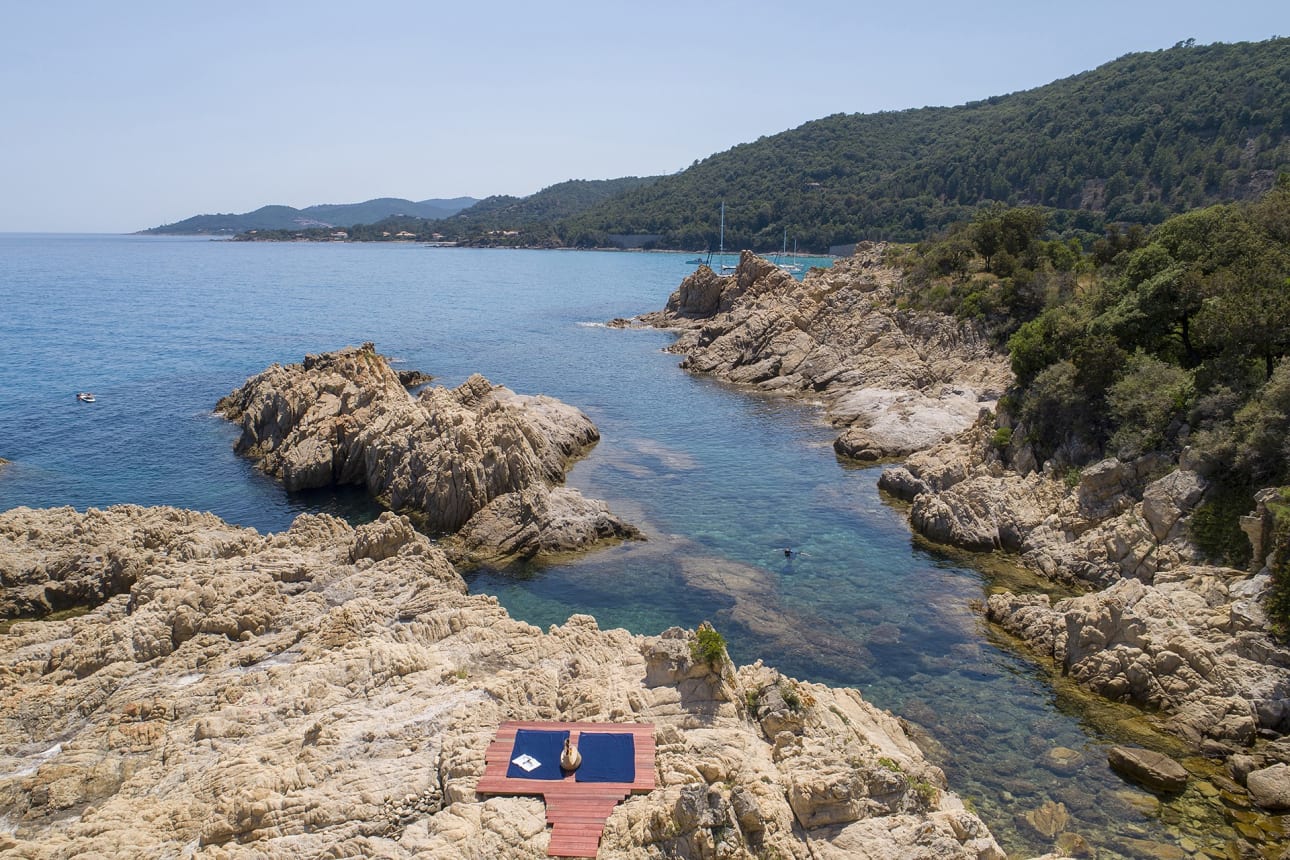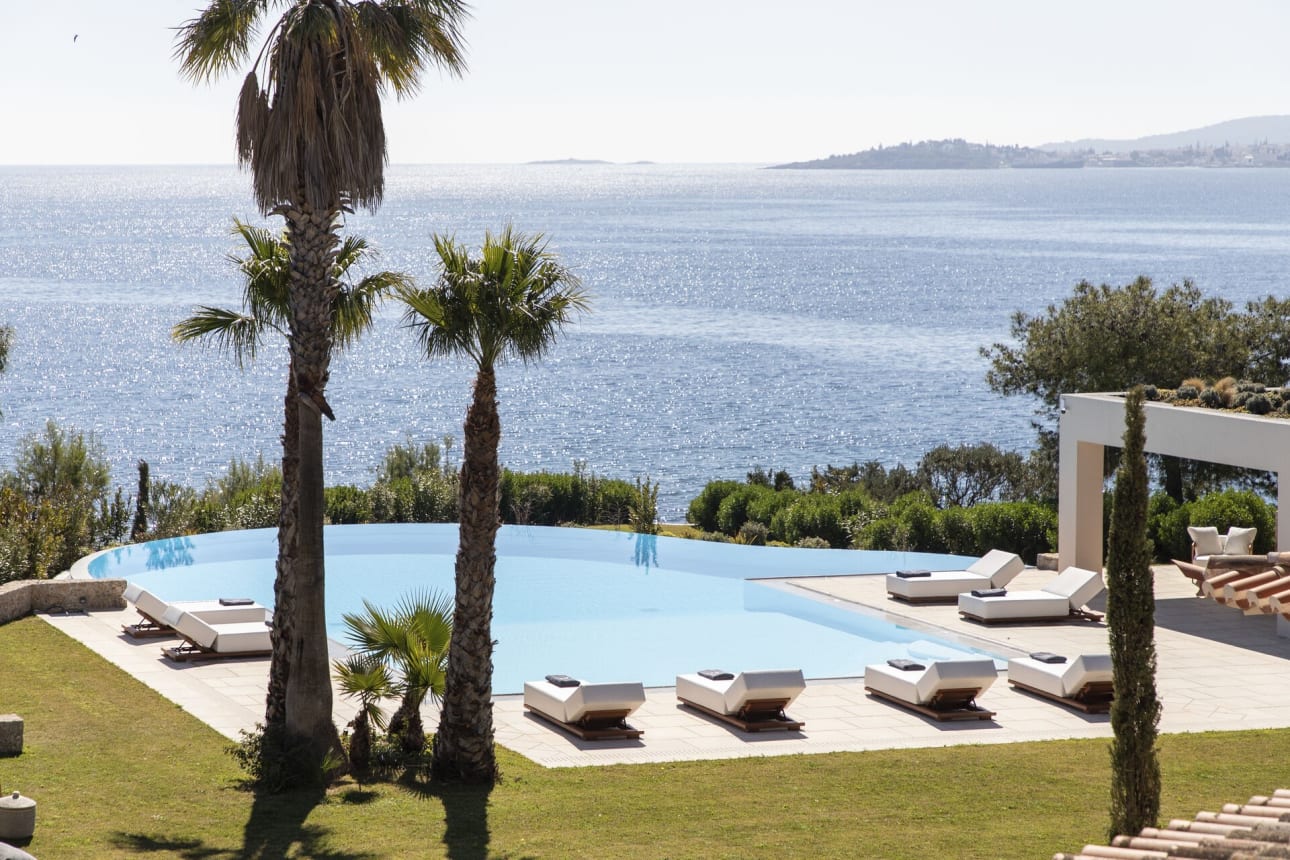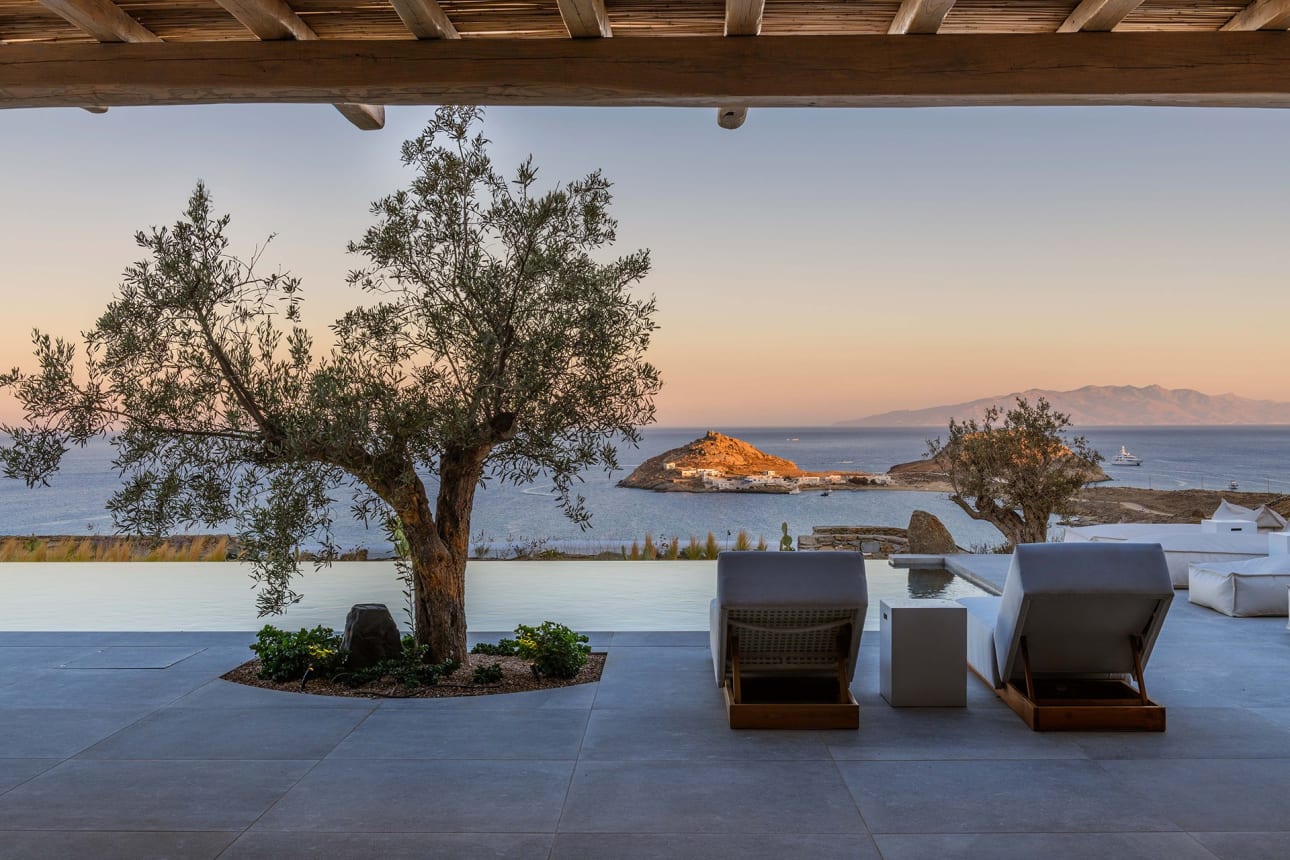Underground olive oil presses in Puglia
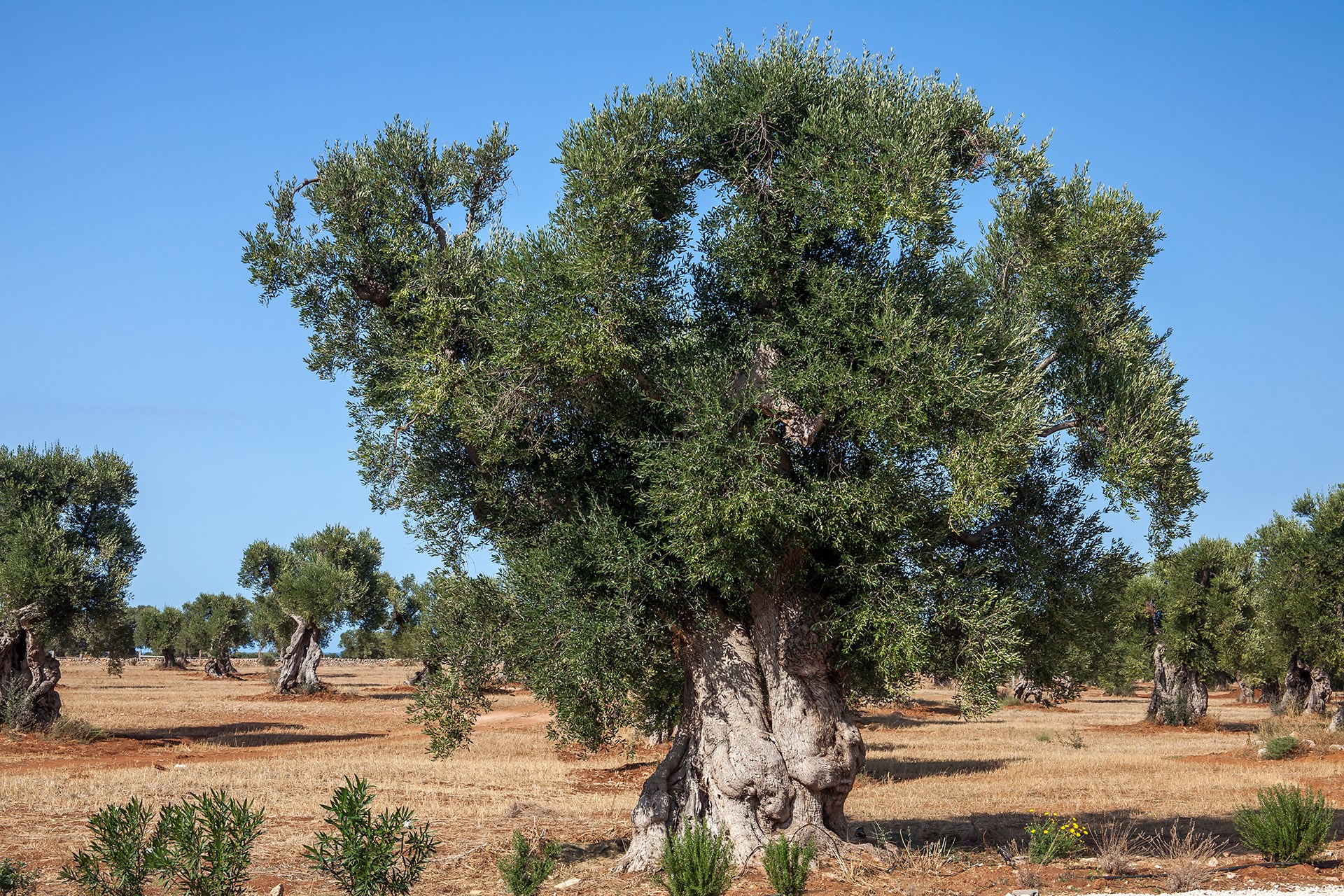
Wandering around Salento in southern Puglia, it's hard not to be impressed by the baroque brilliance, intricate artistry, and honey-golden hue of its buildings. Or by the impressive stature of its handsome masserie – fortified farmhouses and estates typical of the region.
Salento's architectural individuality was borne not only of the inspired creative vision and superior artisanship of those who crafted the area's wonderful masterpieces, but also of the very materials employed in their creation:
Pietra leccese: a malleable, eminently sculptable calcareous limestone found only in the Lecce area of Salento
Carparo: a versatile, hard-wearing form of calcareous tuff
Pietra leccese and carparo weren’t only used for the construction of splendid churches, aristocratic palazzi and masserie, however: they were also used for Salento's numerous frantoi and trappeti ipogei - subterranean olive presses excavated under houses, shops and even town squares.
Uses of the subterranean olive oil press
Some frantoi ipogei date back to at least Roman times, when local Messapic tribes built underground storerooms to house their grain supplies. With the advent of the Byzantines in the 9th century CE, Salento’s wheat fields made way for vast plantations of olive trees.
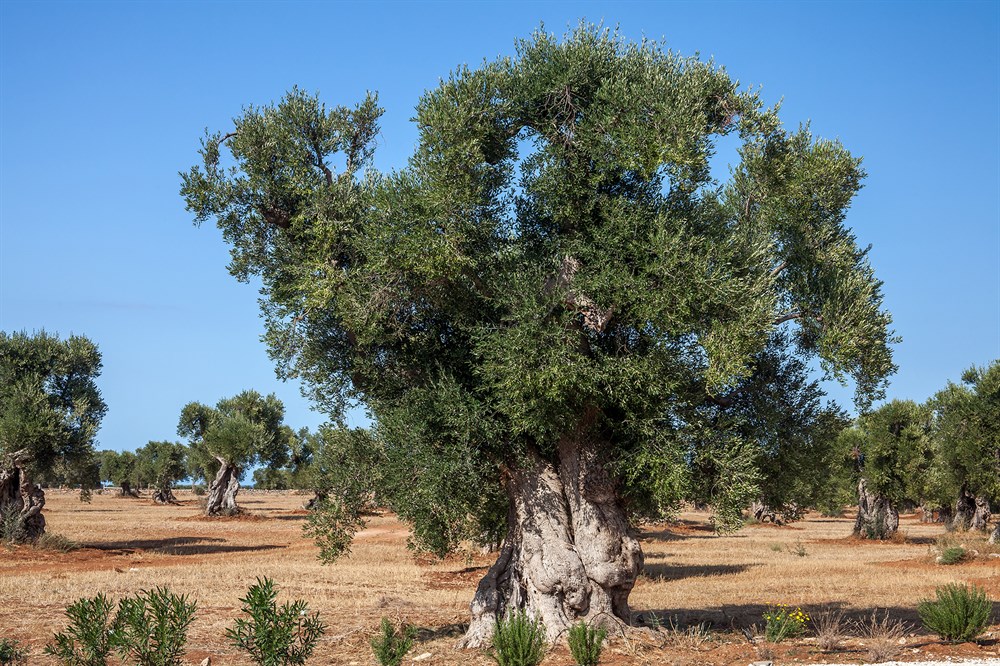
Because of this agricultural revolution, from around the 11th century, a great many of the pre-existing subterranean grain stores (and even church crypts) were transformed into olive presses and equipped with large storage tanks. Many more were built ex novo right up until the 18th century.
The advantages of frantoi ipogei were considerable. First, while a great many families had their own olive grove, most did not have enough land, nor the financial means, to build a press room. Even had they been able to do so, their precious liquid assets could not be left unattended in the countryside – olive oil was one of life’s fundamentals, used for cooking, heating and lighting.
Having a place to make and store olive oil right under their own homes, then, was the perfect solution. The obvious exceptions to this rule were the wealthy landowners, who built themselves fortified masserie to protect and better manage their agricultural activities in situ.
The second main advantage of frantoi ipogei regarded the conservation of olive oil, which quickly deteriorates if stored in extreme heat or bright sunlight. Frantoi ipogei were usually between 2m and 5m below ground level, which provided the ideal conditions for preserving olive oil for the whole year.
Visiting historic frantoio ipogei
Carved below the surface, these fascinating historic cellars give insight into the core of life in Puglia hundreds of years ago.

Frantoio ipogei are as much a part of Puglia’s architectural heritage as trulli, masserie and the baroque marvels of Lecce. While we may have an inkling as to how important olive oil has been to the Puglians over the centuries – those millions of olive trees give us a clue – its real value can only be fully understood by heading down into the subterranean depths of a frantoio ipogeo.
Fortunately, a great many have been restored and opened up to the public. Some of the most interesting can be found in Castri di Lecce, Gallipoli, Galatina, Melpignano, Presicce, and Specchia.
Our Local Specialists have recommended a typical week's itinerary in Salento, which includes a trip to these unique underground presses. And of course, your experience of the region wouldn’t be complete without some local olive oil tasting.
.jpg)
